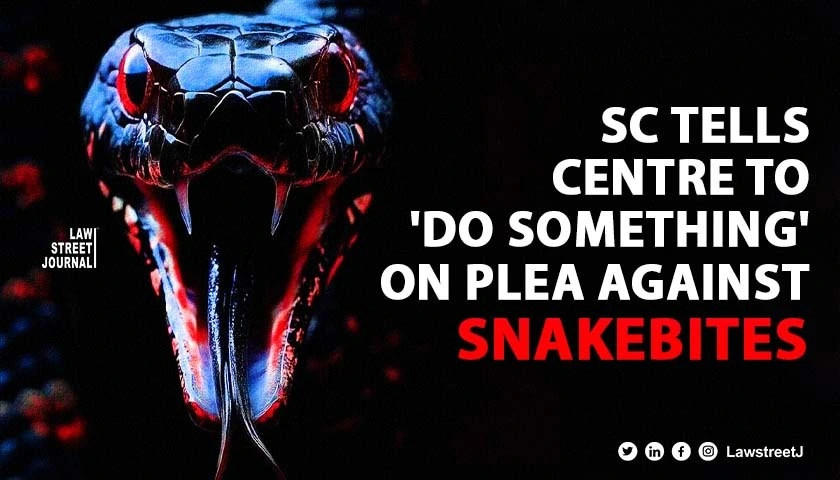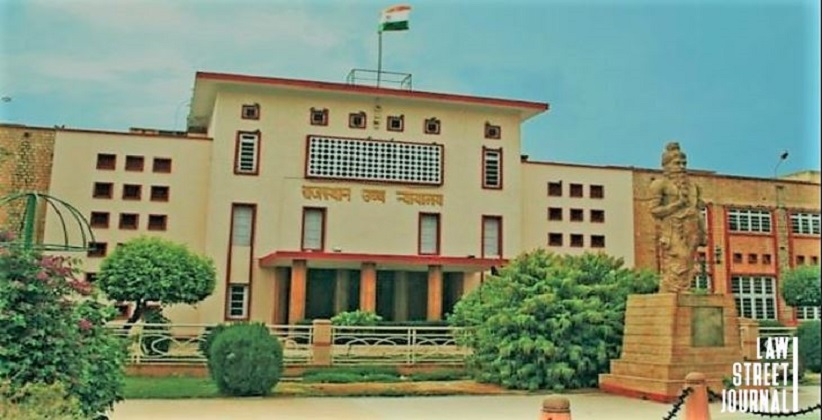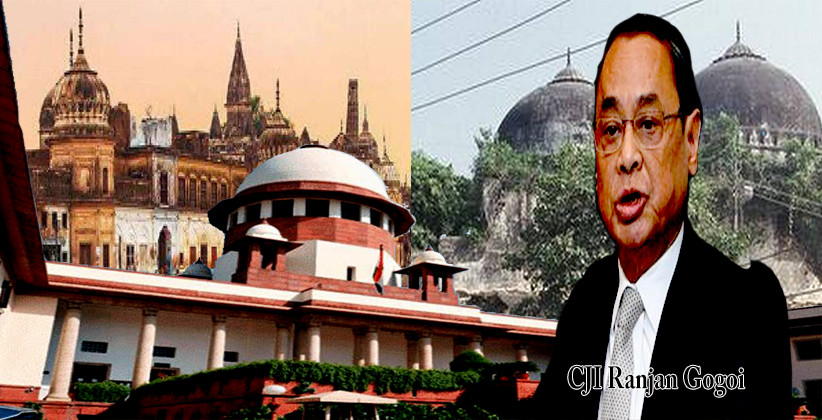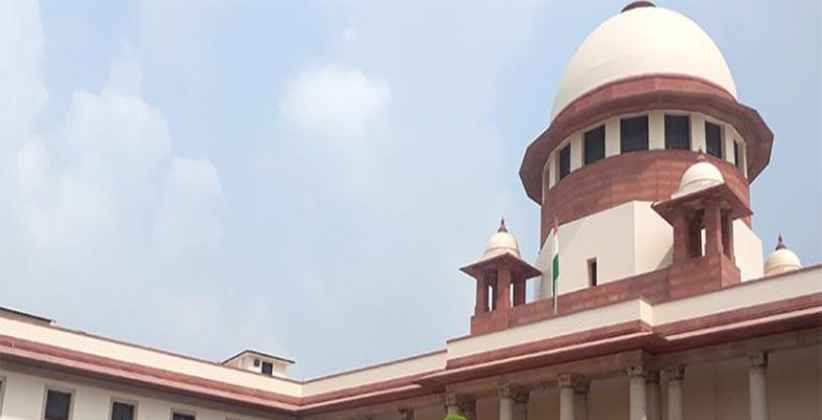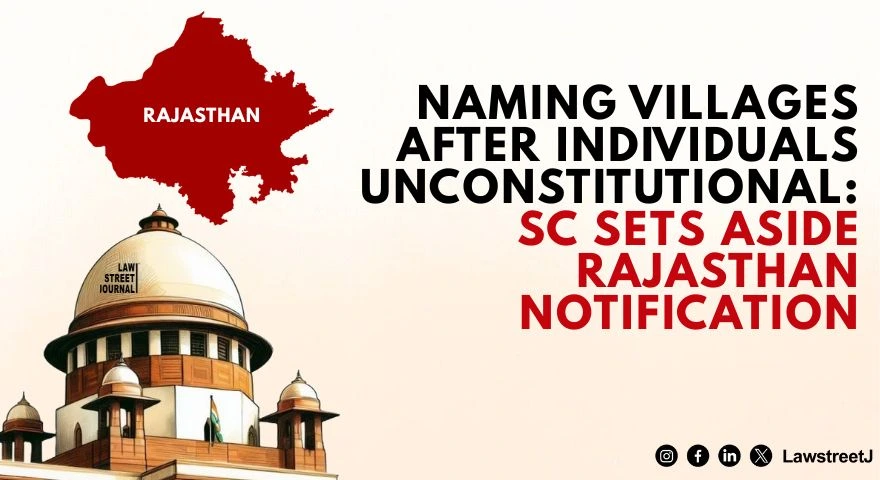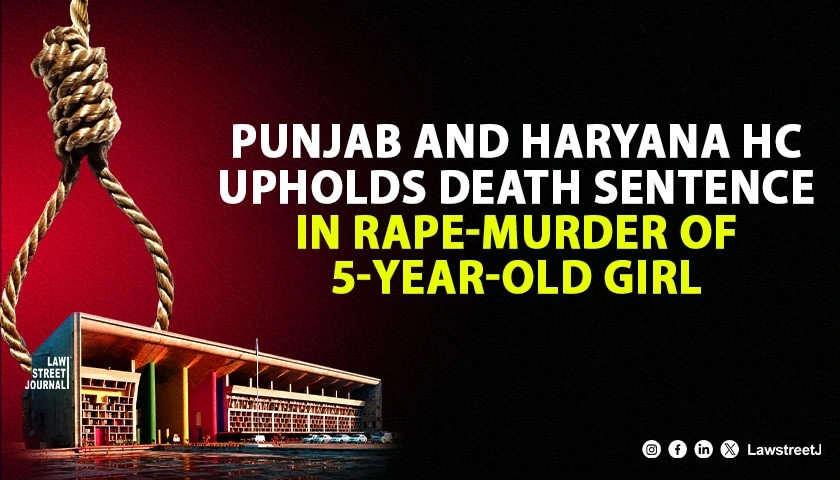NEW DELHI: The Supreme Court on Monday told the Centre to take all states on board to do something in making available snakebite treatment in all medical facilities, since the issue was prevalent throughout the country.
A bench of Justices B R Gavai and Justice S V N Bhatti pointed out the country faced a significant public health crisis due to the scarcity of anti-venom, crucial in treating snakebites.
SC Directs Centre to Ensure Anti-Venom Availability Across India
"You can take the states on board. The problem is prevalent throughout the country," the bench told the Centre's counsel.
A plea was filed by lawyer, Shailendra Mani Tripathi, seeking a direction to make available poly-venom (anti-venom) and snakebites treatment at PHCs, CHCs (Primary/ Community Health Centres) and district hospitals along with all the government hospitals in the country.
Snakebite Crisis: Supreme Court Seeks Nationwide Action to Reduce Mortality
The court also asked the counsel for Union government to cordinate with States and find solution.
On a request by the counsel for Uttar Pradesh and Chattisgarh for time to file reply, the court granted them four weeks time.
The lawyer for the Centre said that the matter was not an adversarial litigation and the government would place on record its steps taken on the issue.
"You can have a meeting with all the representatives of the States and try to do something," the bench told the counsel.
On December 13, the Supreme Court had issued notice to the Centre and all the states and Union Territories (UTs) and sought their detailed responses.
The plea asked court to direct authorities to initiate a snakebite prevention health mission and public awareness campaign to mitigate the high mortality rate, particularly in rural India.
The petitioner cited a 2020 study, stating an average of nearly 58,000 Indian citizens die each year due to snakebites. But experts say that actual numbers are likely higher because of unreported cases. Doctors and public health experts cite several reasons for the snakebite crisis, including holy reverence for the animal, lack of access to immediate first aid facilities, reliance on “spiritual healers” and a large share of the rural population living close to agricultural fields.

